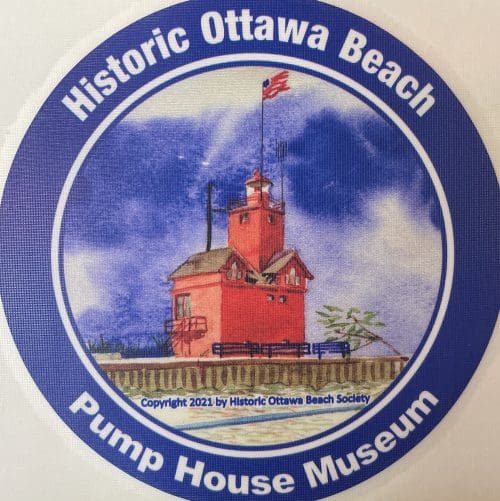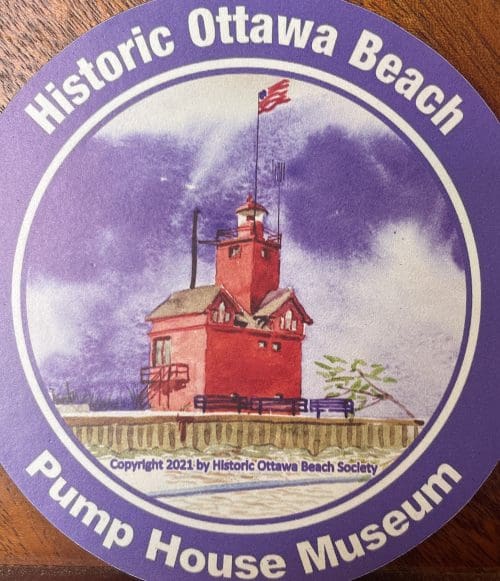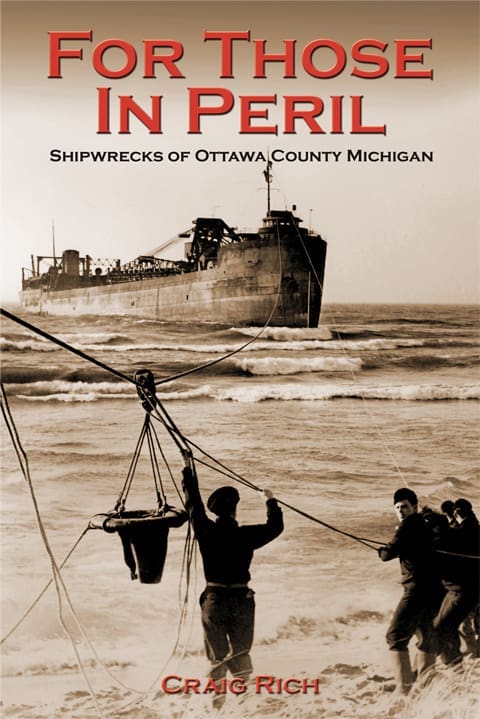-

Legendary Lake Michigan Shipwrecks
True Tales of Tragedy and TriumphTitanic sank in 1912 and the stories of amazing survival and tragic loss made the ocean liner famous. Titanic’s discovery in 1985—and the images captured of the grand staircase, the pilothouse, and the dripping rusticles—made Titanic legendary.
Likewise, the many shipwrecks presented in Lost and Found became even more famous after their discoveries than at the time of their losses, gaining notoriety as historic attractions, archaeological sites, and in some cases, over bold salvage attempts or precedent- setting legal battles. Through riveting narrative, the award-winning author and explorer takes the readers back in time to experience the careers and tragic sinkings of these ships, then beneath the lake to participate in the triumphant discovery and exciting exploration of their remains and the circumstances that led to their status as legendary shipwrecks.
The vessels in this comprehensive publication span the age of sail, steam, and diesel on the Great Lakes from the earliest schooners to the sidewheel steamers, propellers, carferries, self-unloaders, and yachts. They include ships lost in Wisconsin, Illinois, Indiana, and Michigan waters that were discovered by some of the lake’s most prolific wreck hunters, including the author’s own organization—Michigan Shipwreck Research Associates—in partnerships with legendary wreck hunters David Trotter, Ralph Wilbanks, and nationally acclaimed author Clive Cussler. Presented chronologically based on the date discovered, these shipwrecks provide an overview of evolving diver attitudes and conduct, as well as the laws affecting exploration and documentation.
-

George Getz's Famous Attraction in Holland, Michigan
From the time of its build in 1903 as a working farm in Holland, Michigan, to the time it closed as a farm, garden, and zoo attraction in 1933, Lakewood Farm and Zoo and the people associated with it embodied the spirit of the Progressive Era, a period in the early twentieth century during which government and individuals responded with care, responsibility, and strength to the political, economic, and social problems created by rapid industrialization in America. This book reveals new information about the origin of the farm and portrays George Fulmer Getz as a nationally recognized industrialist and philanthropist who championed many of the Progressive Movements while he developed the nation’s largest private agricultural, horticultural, and zoological attraction. It includes a newly discovered collection of historic photographs and offers a rare view of this historic property today. -
Out of stock

Shipwrecks of Ottawa County Michigan
The lyrics of the hymn Eternal Father Strong to Save pay homage to sailors who risk their lives in the course of everyday work and aptly express the intriguing maritime heritage of Ottawa County, Michigan, a region along the eastern shore of Lake Michigan that saw many a ship and sailor lost. The lakeshore communities of Grand Haven and Holland became thriving commercial ports in the latter half of the 19th century and bore witness to the evolutionary changes in Great Lakes transportation. Early wooden sailing vessels were replaced by wooden steamers, which soon made way for steel vessels, which grew to include today’s “thousand footers.” Schooners laden with lumber and stone gave way to luxury passenger steamships ferrying Chicago’s wealthy tourists to Ottawa County’s grand tourist hotels. Families were changed forever when husbands and sons were lost to the gales of November, and fortunes were lost when vessel owners tried to get just one more trip in before the harsh winters closed the ports. Many of these vessels were simply overtaken by age, mechanical failure or shifting sands. Some broke up on shore while others were refloated to sail again. Some were left to rot at the dock while others simply sailed over the horizon into oblivion never to be seen again. Many now serve as “ice water museums,” attracting scuba divers, explorers and historians to these shipwrecks that comprise an important part of the early history of Ottawa County and the Great Lakes region as well.












